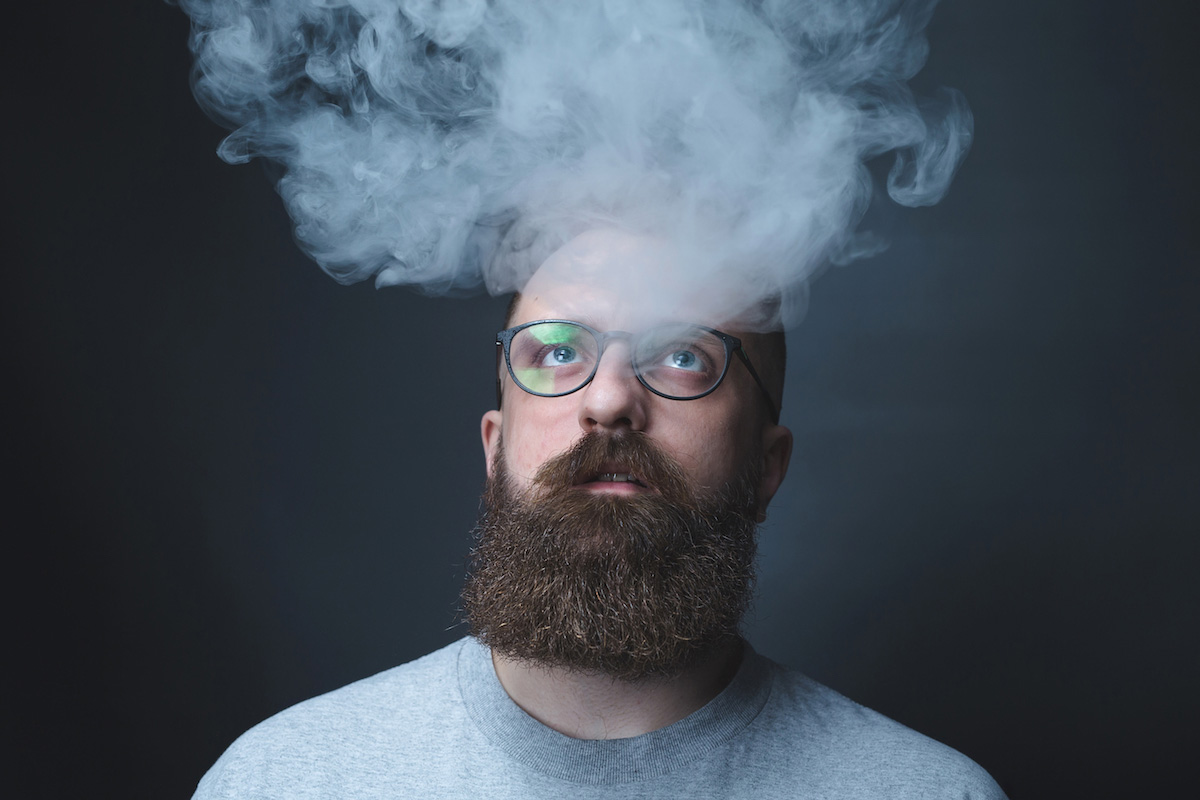
Passive smoking can be more damaging to your health than you might think.
Considering the clear risks associated with smoking, choosing not to do it is just good sense. But, even if you’ve never smoked, you may still be at risk for conditions caused by secondhand smoke.
Breathing secondhand smoke, which is the combination of smoke exhaled by smokers (called mainstream smoke) and smoke emitted from the lit end of a cigarette, cigar, pipe or hookah (known as sidestream smoke), can damage your health.
“Many smokers have the misconception that smoking is a personal choice that harms only themselves,” says Ching-Fei Chang, MD, a pulmonologist at Keck Medicine of USC and clinical associate professor of medicine at the Keck School of Medicine of USC. “But, even if you’re an innocent bystander, exposure to secondhand and thirdhand smoke can increase your risk for lung cancer, heart disease and stroke by 20-30%.”
What makes it so dangerous?
Secondhand smoke contains more than 7,000 chemicals, of which 70 are known carcinogens. “Some of those toxins are 10 times more concentrated than in mainstream smoke,” Dr. Chang explains. “In 2014, the surgeon general’s 50-year review reported that secondhand smoke causes more than 41,000 deaths in nonsmoking adults and 400 deaths in infants each year,” she adds.
Exposure to secondhand smoke is called “involuntary” or “passive” smoking. Even a brief bout can take a toll on your blood and blood vessels, increasing your risk of heart attack. Particles from secondhand smoke can also linger on surfaces, so its hazards can remain even hours after the smoke disappears.
This kind of incidental inhalation of tobacco smoke is a definitive cause of stroke and leads to almost 34,000 deaths from heart disease and more than 7,300 deaths from lung cancer every year. Some evidence suggests that, in addition to lung cancer, secondhand smoke could also be linked to cancers of the bladder, throat, stomach, brain, breast and other areas.
Kids are not immune.
Infants and children are even more at risk, Dr. Chang cautions, because they tend to have a faster respiratory rate than adults and accumulate toxins faster. “Their lungs are still developing, so this exposure can cause asthma, sudden infant death syndrome or recurrent respiratory infections, as well as raise their risk of lung cancer in the future,” she says.
You might not realize you’re being exposed.
“A smoker doesn’t have to live with someone, or even be directly in front of them, to be exposed to secondhand smoke,” Dr. Chang warns.
Nonsmokers can be exposed to secondhand smoke that travels through ventilation shafts in multiunit apartments, workplaces and college lecture halls.
“Despite the fact that California and 26 other states have banned smoking in public places, the Centers for Disease Control and Prevention reports that 1 out of 4 nonsmoking Americans is still exposed to secondhand smoke. Unfortunately, they’re often unaware, when it happens,” she says.
“Another potential health threat,” Dr. Chang adds, “is thirdhand smoke, which is linked to the tobacco residue that clings to the clothes, hair and skin of smokers. It can be very difficult to remove.”
“The persistent, stale odor is just the tip of the iceberg,” she says. “Particulate matter can linger on surfaces of furniture, walls and carpeting for months to years.”
This particulate matter can combine with other chemicals to form toxins, long after the smoke is gone.
How to stay safe, wherever you are
The best way to reduce your exposure to secondhand smoke is to make every space in your life a smoke-free zone for you and your family. That includes prohibiting smoking in or near your home and car (even with the windows down) and seeking out restaurants and other public places that are smoke-free. When you book a rental car or hotel room, or buy a home, make sure it hasn’t been occupied by smokers.
If you’re a smoker yourself, it’s time to think about quitting.
Beyond a sense of self-preservation, “the fear of causing cancer in your loved ones may be the best impetus to quit,” Dr. Chang says.
Topics
